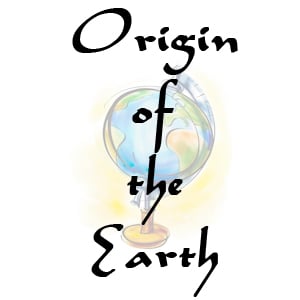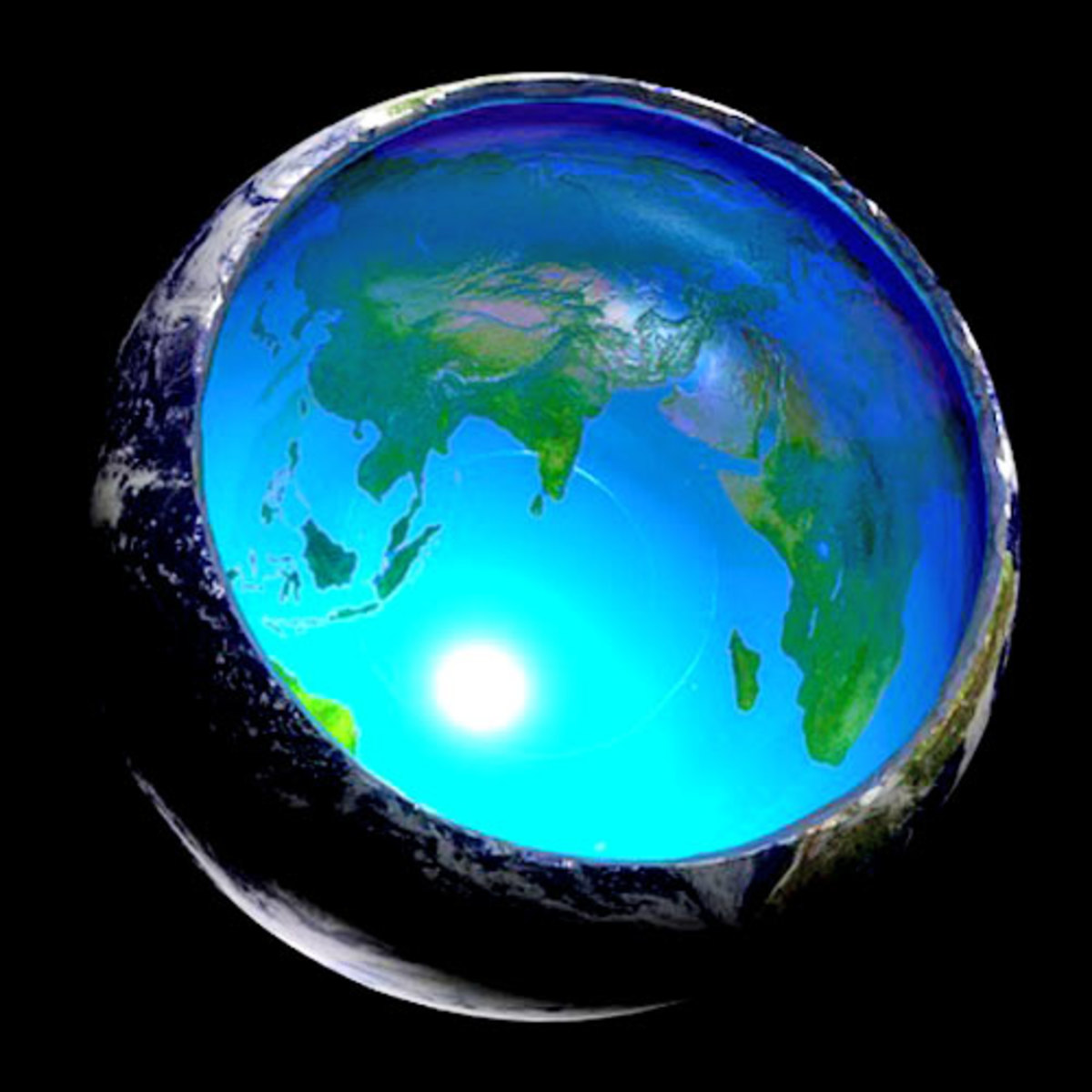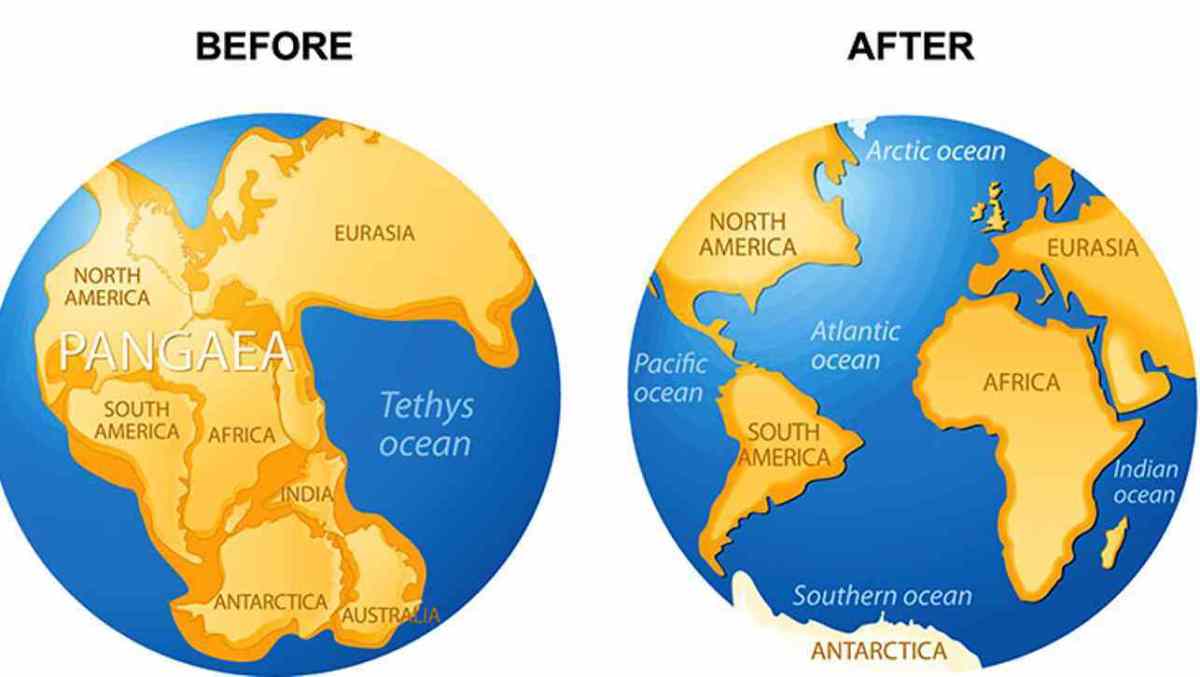Theories On The Origin Of The Earth

The earth is believed to have been formed from a small part of the sun and most of the theories concerned with the origin of the earth emphasize that the planet originated as a hot gaseous mass which upon cooling, turned, first liquid and then solid. An early theory was put forth by Kant, which is popularly known as the gaseous hypothesis. A more popular theory was advanced by Laplace which is called the nebular hypothesis. This theory considers earth as having been formed through the solidification of the mass of a ring thrown away by a cooling and rotating nebula (sun) and this ring was one of the nine such rings which have formed various planets.
A still more plausible theory put forth by Jeans and Jeffreys assumes origin of the earth on the basis of the presence of two nebulae. This theory is called the tidal hypothesis and it belongs to the group of the binary star theories. According to this theory a large nebula wandering in the space came very close to another smaller nebula which is sun and its gravitational pull caused a huge tidal upsurge of matter on the surface of the smaller nebula. As the larger nebula moved away from the smaller one in its journey, the matter rising as a tidal wave from the surface of the smaller nebula was pulled towards it and was drawn to a distance from which it could not come back to the parent body. However, it could not follow the large nebula also and as the larger nebula went away the rising tongue of matter was detached from the smaller nebula. On cooling, this matter condensed to form the planets, including the earth, and the planets thus formed started revolving around the sun. This hypothesis is considered to be highly probable and close to reality. The cigar-shaped arrangement of the planets going away from the sun, with the smallest planets located closest and farthest from the sun and the larger ones occupying intermediate positions, strengthens this view.
The above theory considers that the earth originated as a hot mass and cooled slowly to develop a solid crust and the inner part of the earth from which the heat loss has been slow is still liquid. Some of the other theories also assume that the earth originated as a mass of solid matter and it is the decay of the radioactive elements in its interior and the pressure of the overlying strata due to which the interior of the earth has a liquid state. In whatever state the earth might have come into existence, the aggregation of the mass has led to a differentiation of the matter forming it on the basis of the density. The denser matter forms the central part of the earth and the surface rocks are made up of the lighter materials. The rocks forming the surface layer of the earth which are richer in lighter minerals such aluminium are called sial (silica and aluminium) while the denser rocks forming the inner layers of the earth are called sima (silica and magnesium) and nife (nickel and iron). This differentiation of various elements of the earth has been responsible for the layered structure of the earth. The formation of the solid crust of the earth took place sometimes 4.6 billion years ago and it is taken as the beginning of the history of the earth as such.








